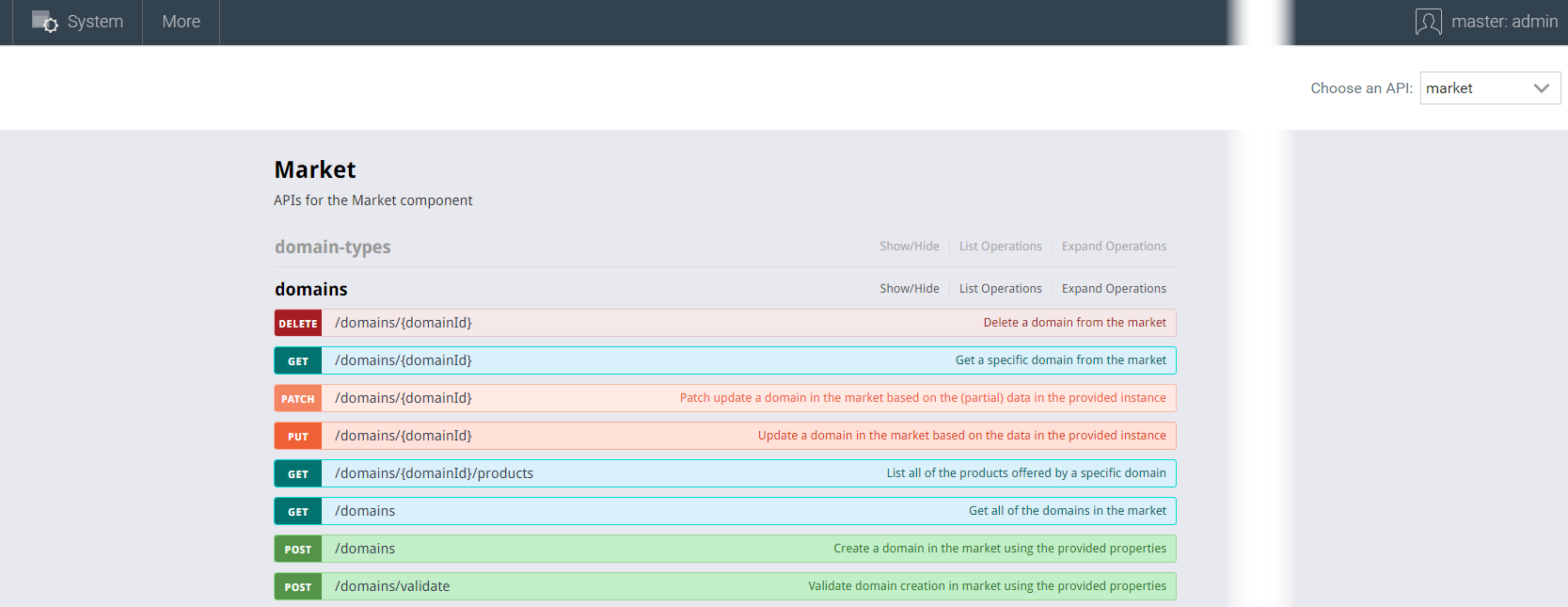
Blue Planet architecture
The Blue Planet platform acts as an application management system that provides building blocks that include micro-services architecture, model-driven templates, and multi-domain design scope.
The micro-services architecture is comprised of smaller, independent services that communicate with each other using language-agnostic REpresentational State Transfer Application Program Interfaces (REST APIs). Each micro-service performs a specific task, thus facilitating a modular approach to system building. These loosely coupled services do not require changes to other services when one requires updating.
Blue Planet uses Docker as the container virtualization service to provide autonomous, distributed application micro-services. These containers allow you to scale and deploy them easily across the network, as well as control them with standard or custom configurations. These containers, or apps, are based on Docker container management technology. Each application instance consists of standalone, customizable micro-services. Each application or service communicates to the network using REST API calls. Standard service components such as logging, security, and messaging are included in each container instance that runs on the Blue Planet platform.
REST API
If you are a client-side developer interested in integrating additional functionality using the open REST APIs, see Using Blue Planet API .
You can use the Swagger UI to view the list of resources for the Market component. Your list of available components in the REST API depends on your installed solutions.
